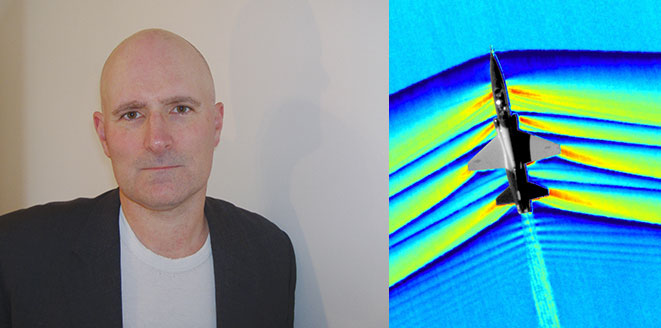Pushing the Envelope
Pushing the envelope
5G or not to 5G
 Robert CoppingerThe extension of the Internet of Things (IoT) to aviation is playing a central part in the 5G interference issues experienced in the US. Los Angeles International has in the past promoted its wireless network efforts, including 5G, for landside automation and greater ramp operation efficiencies. Under laboratory conditions the radar altimeters that give pilots the critical range data for flight control systems as they descend do not have a problem with 5G networks. However, the complexity of the real world is not like a laboratory and the nub of this issue of aviation safety is inadequate testing for a wireless airport IoT world.
Robert CoppingerThe extension of the Internet of Things (IoT) to aviation is playing a central part in the 5G interference issues experienced in the US. Los Angeles International has in the past promoted its wireless network efforts, including 5G, for landside automation and greater ramp operation efficiencies. Under laboratory conditions the radar altimeters that give pilots the critical range data for flight control systems as they descend do not have a problem with 5G networks. However, the complexity of the real world is not like a laboratory and the nub of this issue of aviation safety is inadequate testing for a wireless airport IoT world.
From November last year to late January, aviation organisations have been warning about the rollout of 5G. From the International Air Transport Association (IATA) to the International Federation of Air Line Pilots’ Associations, US airlines, and Airbus and Boeing, seemingly everyone was aware of the issue. In January, the FAA announced that the Boeing 787, 737 MAX and 747-8 International and its freighter version could suffer 5G radar altimeter interference. That month, two major US phone networks, Verizon and AT&T agreed to delay the full deployment of 5G but only by a few weeks.
According to Airports Council International (ACI), more than 100 airports and heliports within 46 of the largest US metropolitan areas have ended low visibility approaches due to potential 5G interference. The ACI has described the situation as a ‘poorly planned and co-ordinated expansion of 5G’ around airports which will impact the entire aviation system. The interference is going to be an ongoing issue in the US. Fortunately, this situation has only occurred in that country because of the frequencies that are being used there for 5G. The UK Civil Aviation Authority said: “In the US, 5G deployments will extend to almost 4GHz in the frequency range (the UK uses 3.6-3.8GHz), meaning it is closer to frequencies used by aviation, and at significantly higher power than the UK.”
According to the European 5G Observatory, a European Commission-funded website, it was in 2019 that the US auctioned off the radio spectrum for 5G and the European Union (EU) set out its three ‘pioneer bands’. The ‘low band’ is below a gigahertz, the EU uses 700 megahertz (MHz) while the US has 600MHz. For the ‘high band,’ the EU uses 26 gigahertz while Japan, South Korea and the US use 28GHz. The problem lies with the mid-band, also known as the C-band. While the EU uses 3.3-3.8 gigahertz (GHz), like the UK, the US is using 2.6GHz, 3.7GHz and made available the frequencies up to 4.98GHz, and that is the problem zone. The radar altimeters use 4.2-4.4GHz. What compounds this is power levels; the US allows much higher levels of transmission power than other countries.
The solution would appear to be simply avoiding 4-4.5GHz and keeping the power levels down but 5G could be the solution to its own problematic deployment, said 5G specialist Viavi Solutions. Its chief technology officer, Sameh Yamany, explained that the dynamic behaviour of 5G is the remedy. While people see the move from 3G to 4G and to 5G as incremental improvements in internet speed, 5G is in fact a huge change from its predecessors.
It is a dynamic network, whereas 3G and 4G were ‘fixed’ networks. A 5G network can be constantly adapted to the needs of the immediate environment, such as an airport. As wireless networks become key to the airport IoT, Yamany points out that more testing is needed. He explained that the wireless industry holds testing events and they are being increased in number across the world’s regulatory regions.
The 5G aviation situation is an example of where not enough testing was done, in his view, but the wireless industry and aviation and automotive industries are intending to change that. Yamany makes the point that airports want to automate more and wi-fi technology does not provide the data speeds needed, while 5G does. The FAA’s 28 January statement on the 5G situation pointed to this future of signal management. It envisages a future where the exact location of 5G transmitters are known, 5G signal interactions with aircraft instruments are analysed and signal mitigation around airports is planned for. The US regulators and industry should have remembered the words of one of their own countrymen, Benjamin Franklin: “failing to prepare is preparation to fail”.